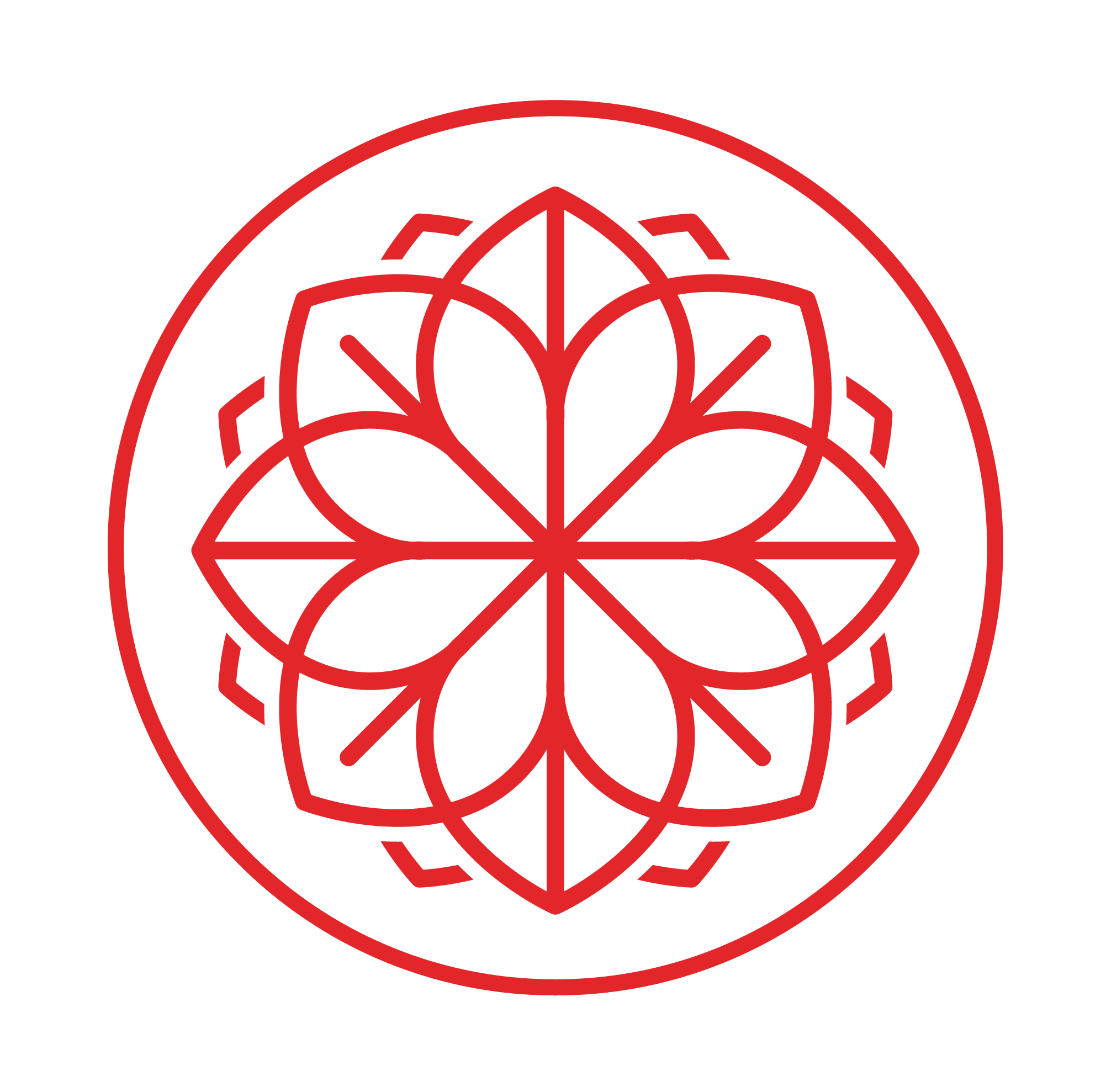Moxibustion is the ancient practice of burning mugwort on acupressure points to increase blood flow to that area,. It is based on the principle that where there is stuck energy and stagnation, there is pain. The process of moxibustion generates heat, which improves circulation of energy and blood, reducing pain and promoting healing to the affected area.
Often used in conjunction with acupuncture, moxibustion has its own health benefits. This practice treats along meridians and acu-points using moxa and fire. The meridians are a system of internal pathways that connect limbs to organs, run qi-blood, and regulate the whole body. Acu-points are external, and are stimulated to treat specific diseases internally. In the moxibustion treatment process, acu-points are stimulated by heat, and the stimulation travels along the meridians to the specific part of the body that is being treated. This is the basic principle of acupuncture as well, though TCM states that diseases that can not be cured by drugs or acupuncture need to be treated by moxibustion.
Fire is important in moxibustion because the heat is the element that heals. The heat from burning moxa can expel dampness, warm the Yang and eliminate the cold of Yin, can remove pain or numbness, eliminates stagnation, and warms the meridians, which activates blood flow and qi. There are different techniques to this practice, including placing moxa directly on the skin, burning the moxa slightly away from the treated area, naval moxa, or moxa patches.
Direct moxibustion is the technique of placing the mugwort, or moxa, directly on an acu-point on the skin when burning, and can either be left there until the cone stops burning, or is extinguished. This technique feels like a pleasant warming sensation penetrating deep into the skin, and should not be painful if done right.
Indirect moxibustion is the more common practice, and involves burning the moxa, but holding it away from the skin, but close enough to still feel the warmth. Another way to practice indirect moxibustion is to place moxa on the tip of an acupuncture needle in an acu-point, light the moxa, and then the heat radiates down the needle into the skin.
Navel Moxibustion
In TCM, the belly button holds a significant acupressure point called shen que, or Spirit Gate. This point is considered to be a human’s first mouth, and the focal point for all meridians. During navel moxibustion, mugwort is burned right above the belly button. Moxibustion on this area stimulates stomach gas, clears the meridians, regulates the body’s organ functions, and stimulates healing defenses against various diseases. Because the navel is densely populated by blood vessels, TCM believes that administering medicine via the navel will quickly spread to the meridians and internal organs, and is likely to be gentler on the gastrointestinal system compared to taking medicine orally.
Moxa Patches
Moxa patches are different from moxibustion because while they still produce heat and contain mugwort, they do not use fire. Moxa patches are a safe alternative to moxibustion for people who want the benefits from home. Mugwort, angelica root, and ginger are the medicinal herbs used, and the heat is produced from a layer of iron oxide particles that are activated when exposed to oxygen.
How to use:
To apply, remove the adhesive flaps on either side
Place the patch over the desired treatment area
Once the iron oxide begins oxidizing, heat is produced, which stimulates the herbs
Heat can be felt for around 8 hours
Use overnight to aid sleep, or use during the day for pain relief
Treats sciatica, muscle injuries, frozen shoulder, tennis elbow, ankle sprains, bakers cysts, ganglions, rheumatic joints, menstrual pain, fertility issues
Mugwort
Mugwort, or Artemesia vulgaris, is a flowering plant native to Asia, Europe, and parts of North America. While commonly used for beer-making, mugwort is also used to treat various health conditions, and is also used to make medicinal tinctures, extracts, tonics, teas, powders, and essential oils. Mugwort produces a chemical called artemisinin, which is found in the roots, stem, leaves, and blossoms of the plant. This chemical causes gentle contractions of the uterus, which promotes regular periods, and is also used in TCM to induce labor. When used in the TCM practice of moxibustion, dried mugwort, or moxa, is rolled into cones or balls, and is burned above acupuncture points to increase blood flow to that area and clear stagnation.
Benefits:
Relieves stress and headaches
Boosts energy
Improves sleep
Promotes blood circulation
Supports liver health
Normalizes menstrual cycles
Eases digestive issues
Relieves muscle aches
Repells insects
Relieves an itch
Increases urine output
Treatments:
Anxiety and depression
Amenorrhea- irregular or absent periods
Chronic fatigue and insomnia
Constipation and diarrhea
Eczema
Headaches and migraines
Nausea and vomiting
Strengthens the immune system
Contraindications
Though mugwort is safe to use while pregnant, use with caution as it can induce labor or a miscarriage
Mugwort is related to ragweed, so if you are allergic to ragweed, chances are you could be allergic to mugwort as well
If you are allergic to celery, birch, or carrot, also proceed with caution, as there is an allergy connection with plants that fall in the Apaiceae family
Products
Make sure to ask your acupuncturist if foot or navel patches are right for you and you can pick up at your next visit!
References
Christiansen, Sherry. What Is Mugwort?” Retrieved from https://www.verywellhealth.com/mugwort-benefits-side-effects-dosage-and-interactions-4767226.
Deng, Hongyong and Shen, Xueyong. "The Mechanism of Moxibustion: Ancient Theory and Modern Research”. Retrieved from https://www.ncbi.nlm.nih.gov/pmc/articles/PMC3789413/.
Dharmananda, Subhuti. “Moxibustion: Practical Considerations for Modern Use of an Ancient Technique”. Retrieved from http://www.itmonline.org/arts/moxibustion.htm.
Lade, Heiko. “What is a Moxa Patch?” Retrieved from https://www.theacupunctureclinic.co.nz/what-is-a-moxa-patch/.
Nowakowski, Rachel. “The Healing Power of Moxa”. Retrieved from https://daoisttraditions.edu/healing-power-moxa/.
“Moxibustion in Acupuncture: What You Should Know”. Retrieved from https://www.aiam.edu/acupuncture/moxibustion/.
“Navel Moxibustion, and What It Can Do for You”. Retrieved from https://www.nspirement.com/2017/08/14/navel-moxibustion-and-what-it-can-do-for-you.html.

